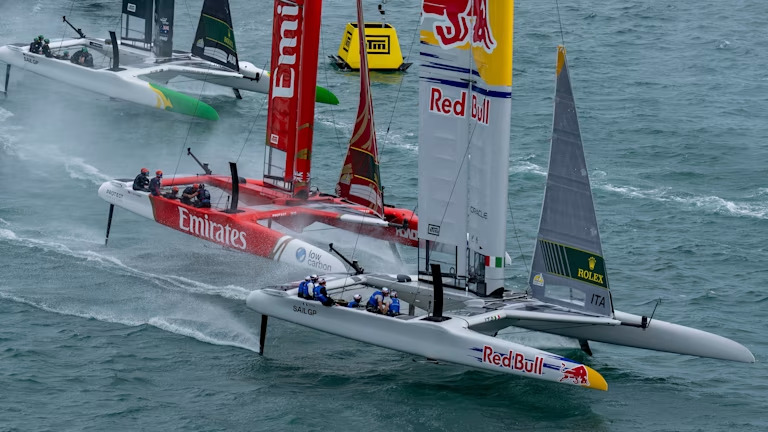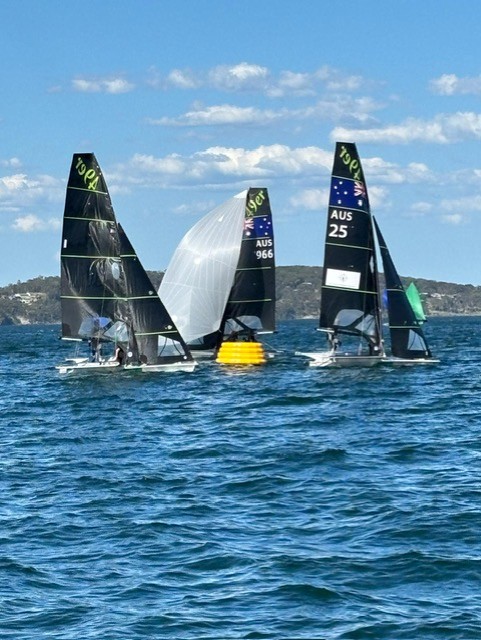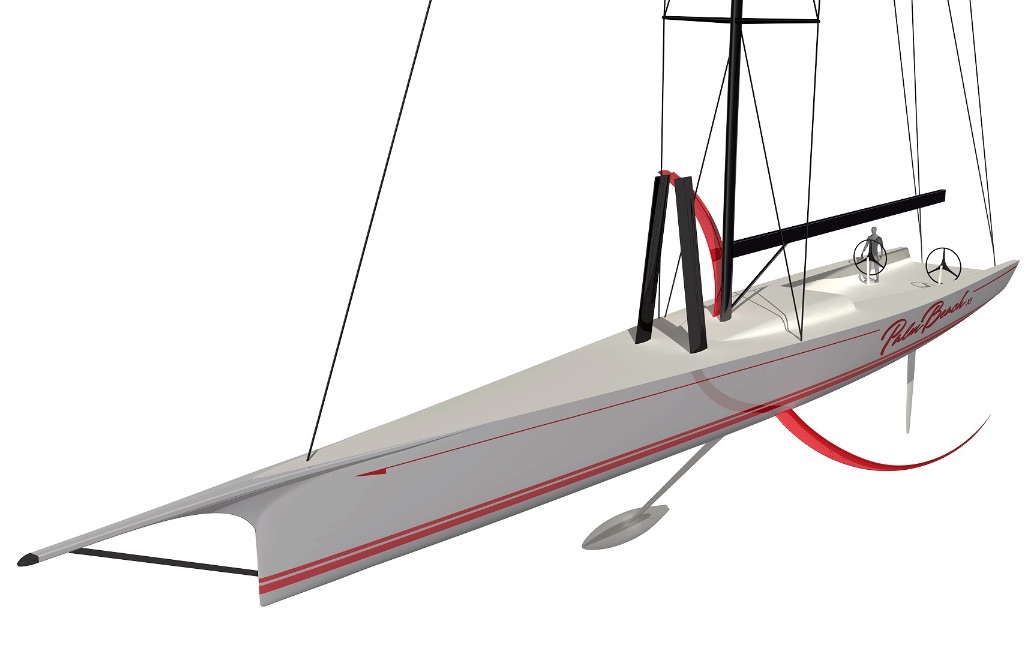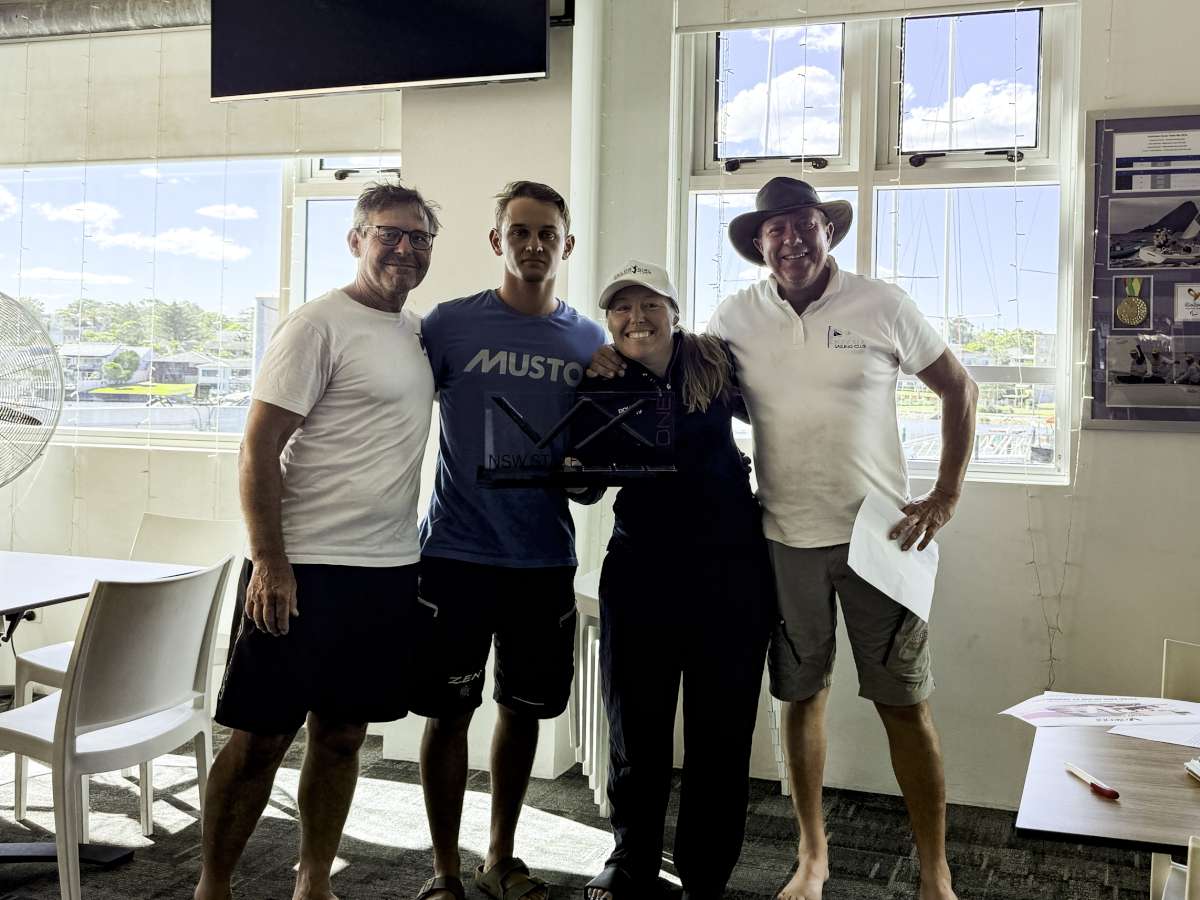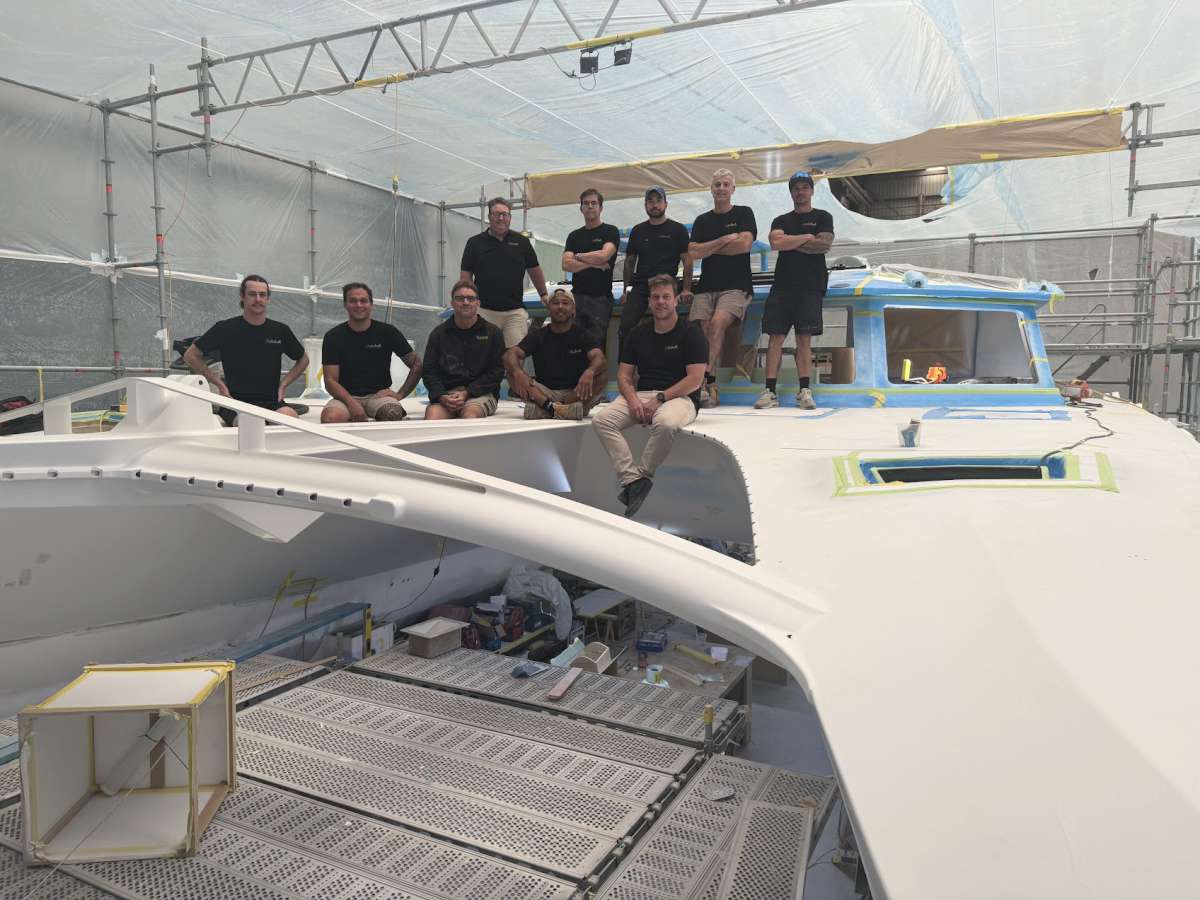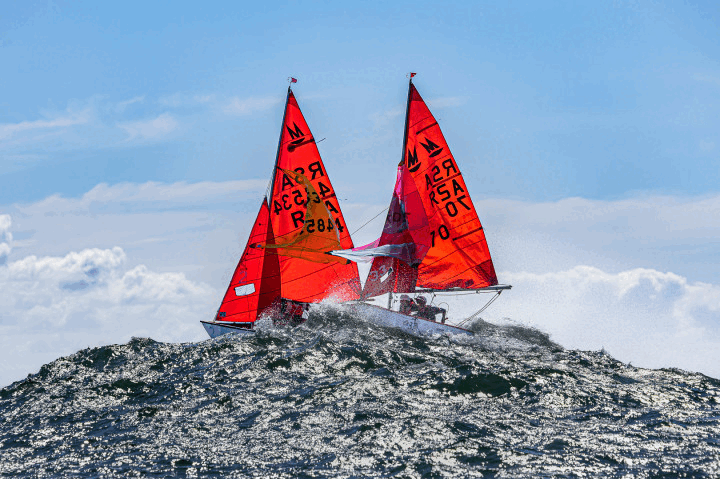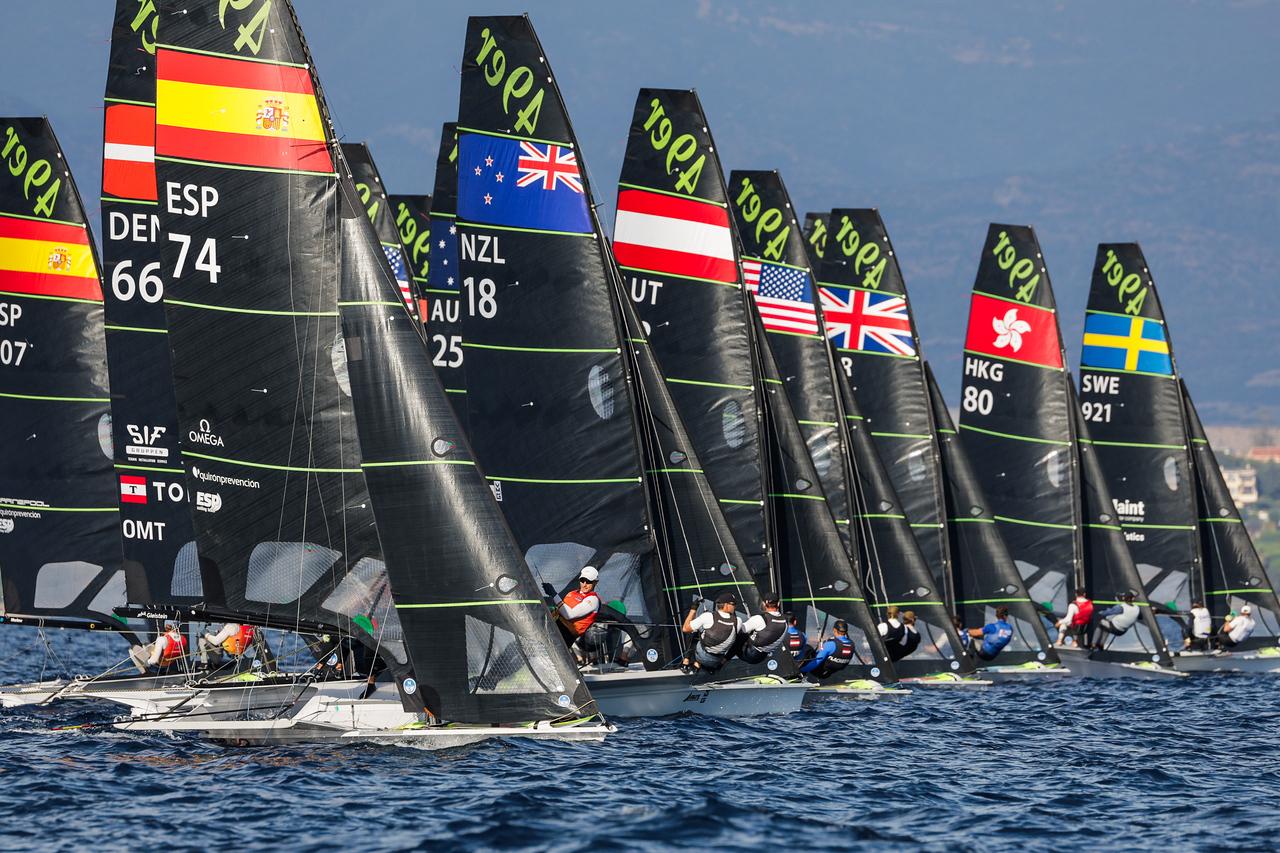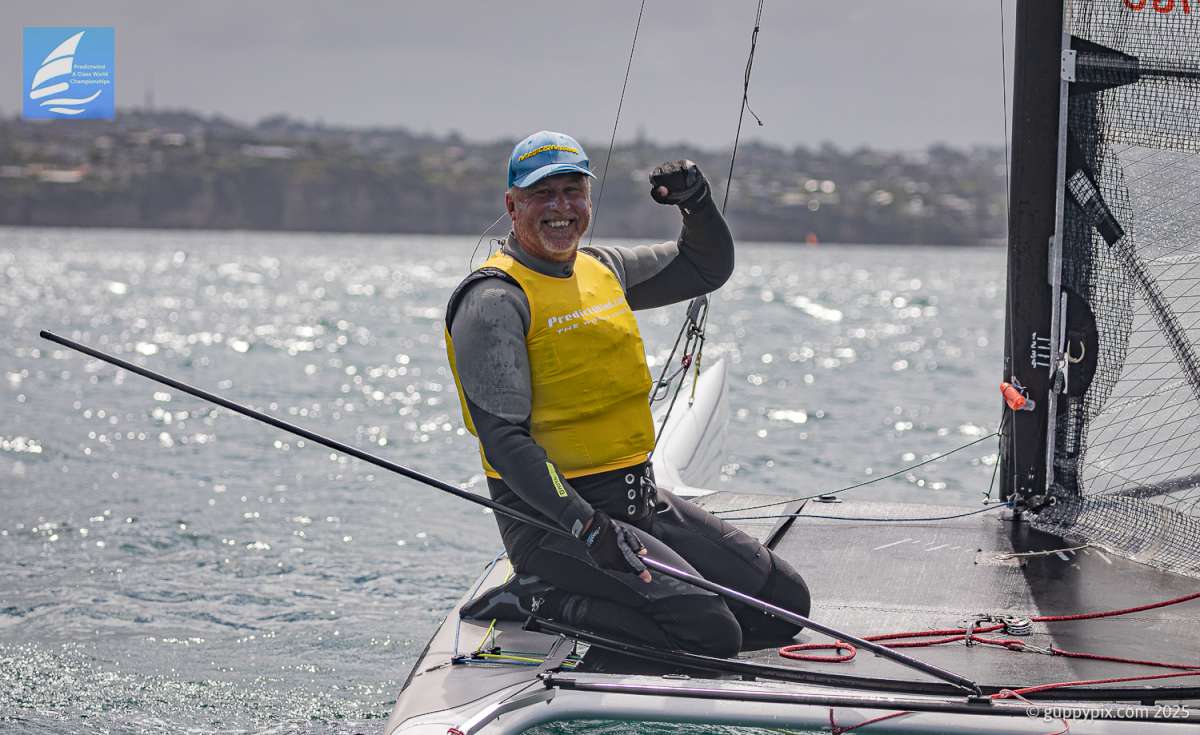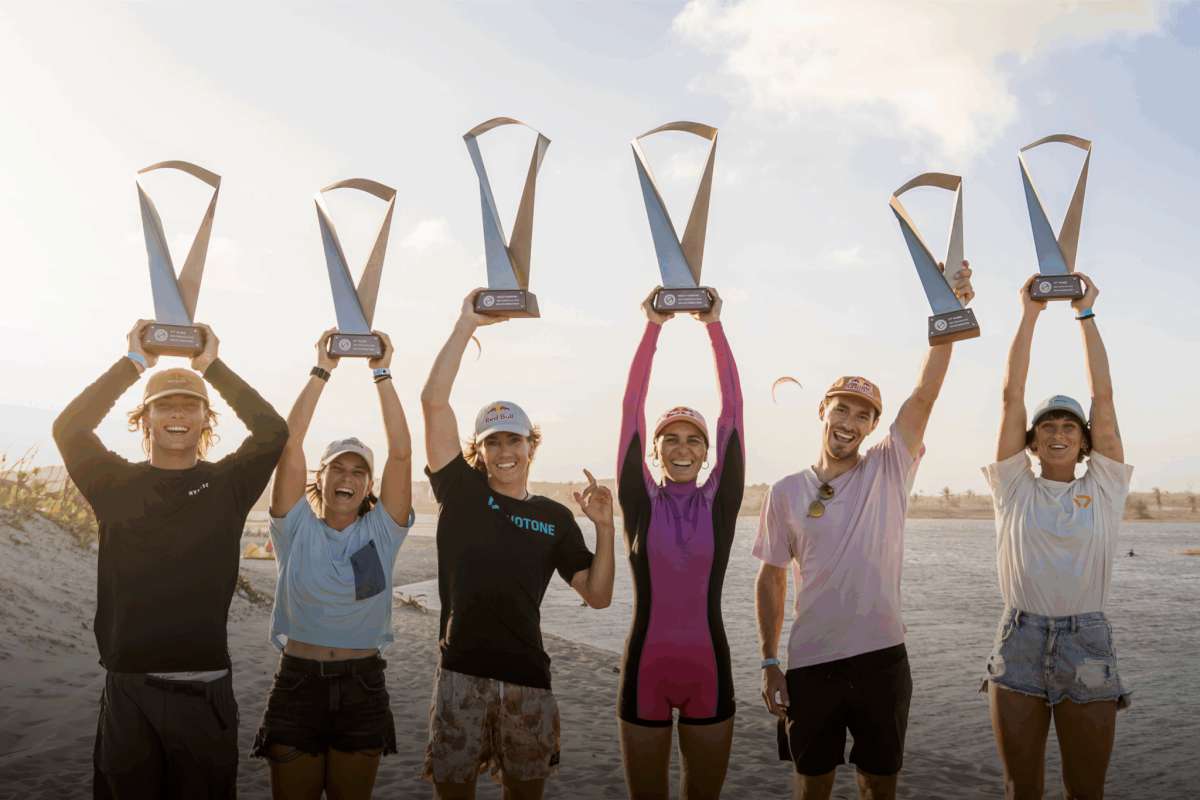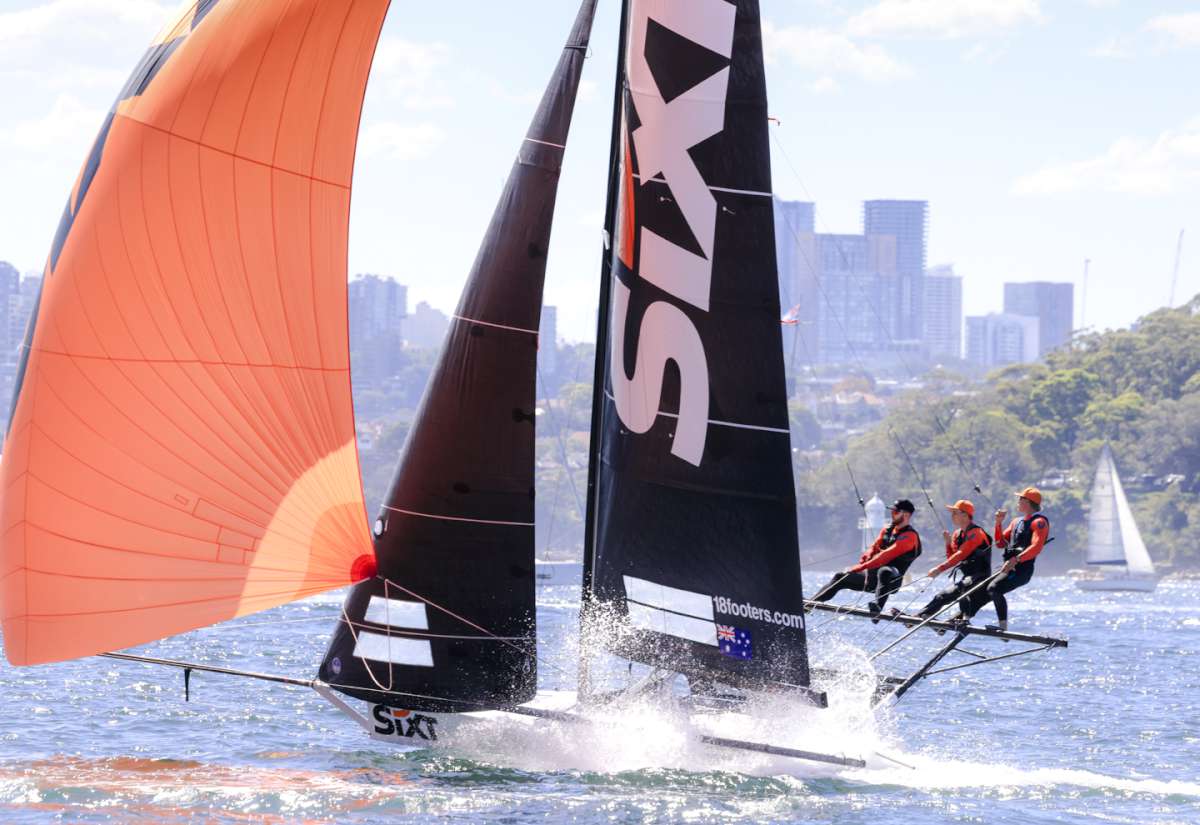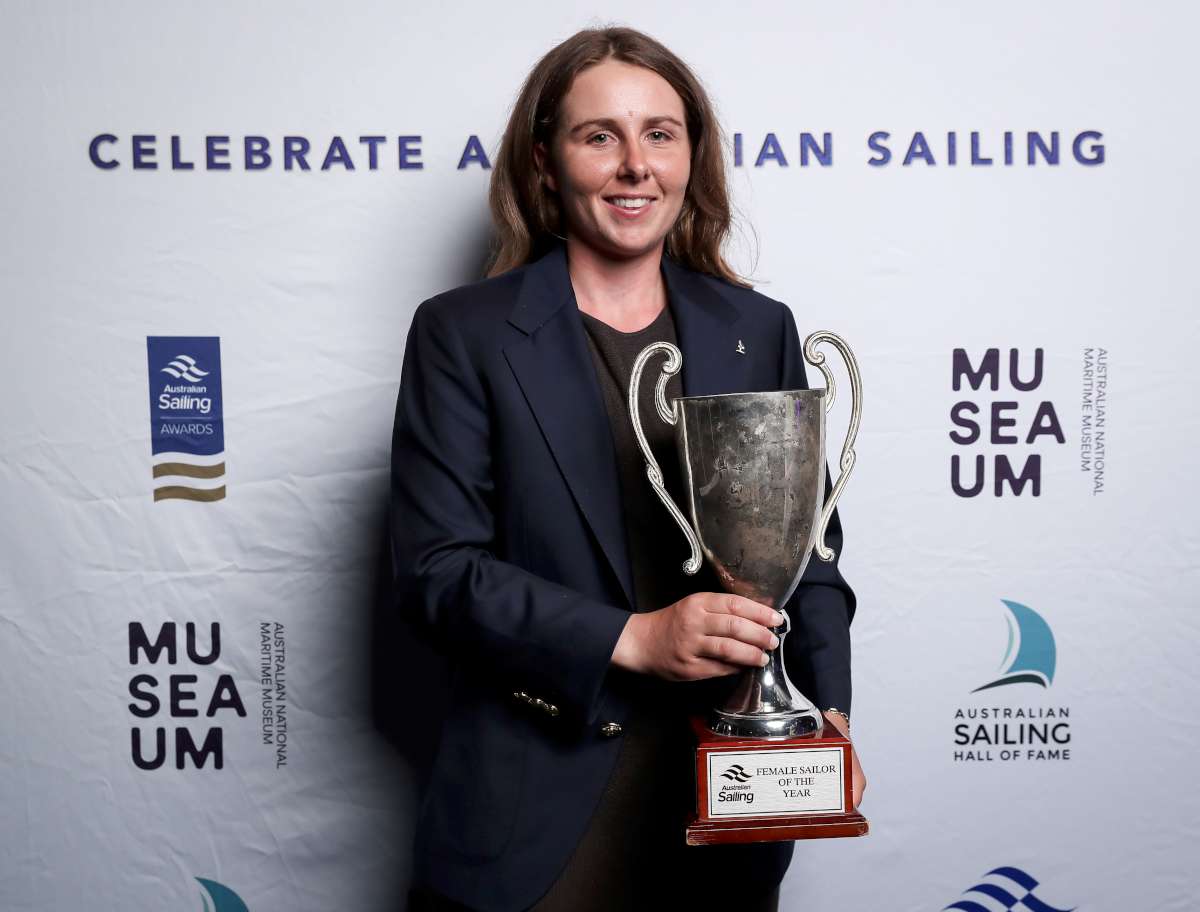Sausalito, CA – Ocean Voyages Institute, a nonprofit organization, announced today that it has successfully removed more than 40 tons of fishing nets and consumer plastics from the area known as the North Pacific Subtropical Convergence Zone, or more commonly known as the Pacific Gyre.
The sailing cargo ship, S/V KWAI, arrived in Honolulu today, having completed a 25-day clean up mission. In the Pacific, between California and Hawaii, four ocean currents converge to create a vortex that collects huge amounts of plastics. One sees detergent bottles, beer and soft drink crates, bleach and cleaning bottles, plastic furniture, packaging straps, buckets, children’s toys, and myriad types of plastic floating mid-ocean. This debris field covers vast expanses of ocean.
A prime target for OV Institute’s 2019 voyage was the fishing gear called “ghost nets”. Often weighing tons, these massive nets of nylon or polypropylene drift for decades, amassing plastic debris, ensnaring wildlife, and even entangling ships. An estimated 600,000 tons of this abandoned gear ends up in the oceans every year. According to the United Nations, some 380,000 marine mammals are killed every year by either ingesting or being caught in it.
“Satellite technology played a key role in our recovery effort, offering an innovative solution to finding areas of dense plastic pollution,” said Mary Crowley, Founder and Executive Director of OV Institute. “The nets and other debris are signs of the proliferating plastic pollution that poses threats to marine life, coastal environments, shipping, fisheries, wildlife and our health.”
OV Institute utilized expert drone operators on board, flying survey patterns off of both KWAI and our plastic survey vessel AVEIA to find additional debris. The effectiveness of this year’s mission reinforces our plan for expanded clean up missions in 2020 over a 3-month period, using the S/V KWAI and additional clean up vessels, one of which will be adapting fishing gear to fish for plastics.
During the past year, OV Institute recruited yachts and ships to attach satellite trackers to the ghost nets they encountered. These bowling ball-sized trackers, once activated, signal the nets’ locations in real time. This data enables OV Institute to find and retrieve the trackers and ghost nets. As the ocean tends to sort debris, the tagged nets, have shown us to areas of heavy debris distribution, so that many additional nets and other items can be harvested.
OV Institute collaborated with Nikolai Maximenko and Jan Hafner of the University of Hawaii, coordinating the NASA-funded FloatEco project that studies physical processes controlling long-range drift of marine debris and its accumulation in some areas of the ocean as well as biological processes controlling evolution of the pelagic floating ecosystem.
Ocean plastic pollution was unknown merely forty years ago. Today, plastic has been documented in the deepest parts of the ocean—near the Mariana Trench (depth 36,000 feet) and in the most remote ocean ecosystems, such as Antarctica.
Crowley, a lifelong sailor, launched her first 30-day research expedition to the North Pacific Subtropical Convergence Zone in 2009. Additional expeditions occurred in the following years, including small scale clean up missions.
“It is very disturbing to be sailing through what was only decades ago a pristine ocean wilderness and find it filled with our all-too-familiar garbage,” says Crowley. “Urgent action is needed at all levels: curtailing the manufacture of throwaway plastics, preventing plastic trash from entering the oceans, and enlisting the public, corporations, and the maritime industry in education, prevention, innovation and massive cleanup efforts. The question is, are we ready to make it a priority to protect 72 percent of the planet?”





